The South African Biodiversity Institute has worked in partnership with a host of South African Research Institutions, and conservation NGOs to document South Africa’s species diversity and assess its threats status using the IUCN 3.1 Red List Categories and Criteria.
| Partners | Project | Funders |
|---|---|---|

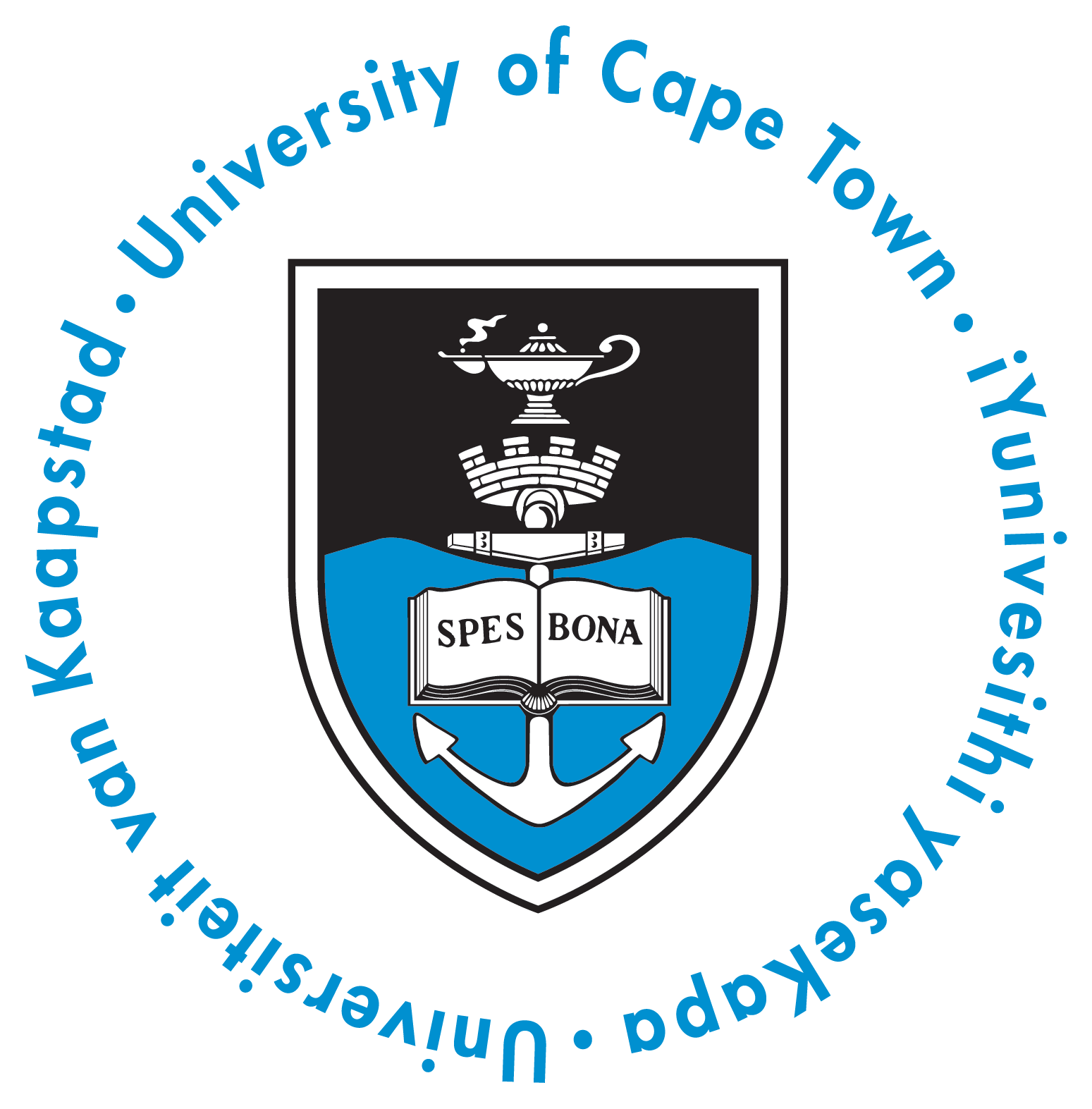
|
135 Linefish Assessments were conducted by SANBI in collaboration with the Oceanographic Research Institute (ORI) and the University of Cape Town (UCT). Assessments were done as part of the SeaKeys Project which ran from 2014 to 2016. SeaKeys (http://biodiversityadvisor.sanbi.org/online-biodiversity-data/seakey-project/) was a large foundational biodiversity collaboration project that catalysed the mobilisation of taxonomic and distributional marine biodiversity information and translated this information into products to support decision making and the development of new benefits for South African society. SeaKeys was funded through the National Research Foundations Foundational Biodiversity Information Programme. SANBI co-ordinated the line fish assessments by hosting two expert workshops. Fisheries scientists from ORI, UCT, the South African Institute for Aquatic Biodiversity (SAIAB) and the Department of Agriculture, Forest and Fisheries (DAFF) all contributed to these assessments. Red List assessments were based on species profiles for 139 important marine linefish caught in South African waters, published by ORI in 2013 and funded via SANBI by the Norwegian Ministry of Foreign Affairs http://www.ori.org.za/uploads/files/Southern_African_Marine_Linefish_Species_Profiles.pdf How to cite: Author/s. Year. Species name. Red List of South African Species. South African Biodiversity Institute. Link to specific species page. Downloaded on date. |
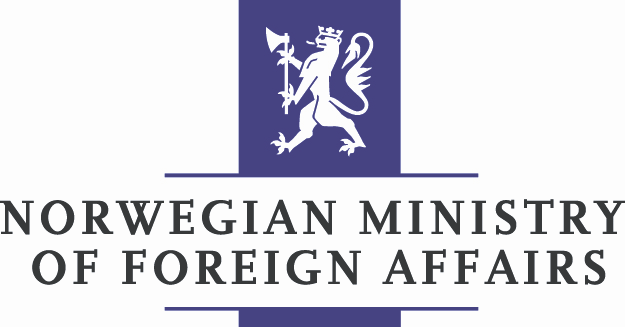


|
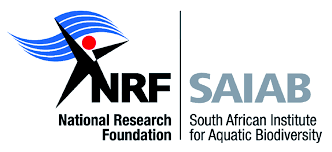
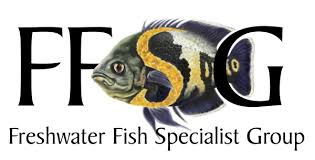
|
South Africa’s freshwater fish assessment was led by SANBI in close collaboration with the South African Institute for Aquatic Biodiversity (SAIAB) and involved the community of freshwater fish conservation practitioners from South Africa’s research institutions and provincial conservation agencies. The IUCN’s Freshwater Fish Specialist Group assisted with conducting reviews of the assessments. The assessment was initiated in 2016 and completed in March 2018. How to cite: National assessments: Author/s. Year. Species name. Red List of South African Species. South African Biodiversity Institute. Link to specific species page. Downloaded on date. Global assessments: Author/s. Year. Species name. The IUCN Red List of Threatened Species. Link to the IUCN species page. Downloaded on date. |

|
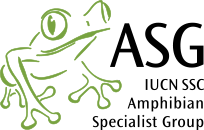
|
South African Amphibian Assessments are undertaken by a section of the IUCN’s Amphibian Specialist Group, working on southern African Amphibia (Angola, Botswana, Lesotho, Malawi, Mozambique, Namibia, South Africa, Swaziland, Zambia and Zimbabwe). The group known as the Southern African Frog Re-assessment Group (SA-FRoG) were formed in 2009 based on the IUCN’s request to reassess the amphibia of Southern Africa first published in the 2004 Global Amphibian Assessment. SAFRoG has subsequently conducted two assessments, the 2010 assessment and a 2015 assessment. These assessments were led by Dr. John Measey from the University of Stellenbosch but were conducted by 17 of herpetologists based across a range of institutions. Amphibia of conservation concern were divided amongst the group with each individual responsible for assessing a handful of species. http://john.measey.com/Blog/2015/11/04/Red-Listing---southern-Africa-2015. How to cite: Author/s. Year. Species name. The IUCN Red List of Threatened Species. Link to the IUCN species page. Downloaded on date. |

|



|
Butterfly Assessments: for 794 taxa featured on this site are based on the publication Conservation Assessment of Butterflies of South Africa, Lesotho and Swaziland (Mercenero et al. 2013). This publication is the output of the four-year Southern African Butterfly Conservation Assessment (SABCA) project, a partnership between the Animal Demography Unit (ADU) of the University of Cape Town (UCT), the Lepidopterists’ Society of Africa (LepSoc) and the South African National Biodiversity Institute (SANBI). SABCA received core-funding from the NORAD development branch of the Norwegian Ministry of Foreign Affairs via the Department of Environmental Affairs, and LepSoc contributed significantly towards the field surveys. The project included digitisation of museum and private collections’ butterfly specimens, conducting of fieldwork and the running of a citizen science virtual museum platform where members of the public were able to submit images. How to cite: Author/s. Year. Species. In: Mecenero, S., Ball, J.B., Edge, D.A., Hamer, M.L., Henning, G.A., Kruger, M., Pringle, E.L., Terblanche, R.F. & Williams, M.C. (eds). 2013. Conservation assessment of butterflies of South Africa, Lesothos and Swaziland: Red List and atlas. Saftronics (Pty) Ltd., Johannesburg & Animal Demography Unit, Cape Town. In 2017 assessments for 165 butterflies of conservation concern (rare and threatened taxa) were updated as part of the Southern African Lepidoptera Conservation Assessment (SALCA) and will be published on this website. SALCA is a project of the Brenton Blue Trust and LepSoc Africa through which core funding has been received, and additional financial support and guidance has been received from the South African National Biodiversity Institute (SANBI). Both SALCA and SABCA involved field surveys, distribution data compilation and much expertise and time of lepidopterists from LepSoc Africa. How to cite: Taxa of Conservation Concern Author/s. Year. Species. Southern African Lepidoptera Conservation Assessment (SALCA). Red List of South African Species. South African Biodiversity Institute. Link to specific species page. Downloaded on date. Least Concern taxaAuthor/s. Year. Species name. In: Mecenero, S., Ball, J.B., Edge, D.A., Hamer, M.L., Henning, G.A., Kruger, M., Pringle, E.L., Terblanche, R.F. & Williams, M.C. (eds). 2013. Conservation assessment of butterflies of South Africa, Lesothos and Swaziland: Red List and atlas. Saftronics (Pty) Ltd., Johannesburg & Animal Demography Unit, Cape Town.
|





|

|
Reptile Conservation Assessment (SARCA) that was coordinated by the Animal Demography Unit at the University of Cape Town between 2004 and 2009 and funded by SANBI, with a team of taxon experts leading the assessments. As part of this project the reptile occurrence records from 20 participating institutions were digitised and collated. The project also involved extensive field surveys in gaps areas and initiated the first virtual museum for the country where members of the public submitted images and coordinates of reptiles. Over 300 individuals participated in this project. The impressive collation of distribution data resulted in the conservation status of the 422 recognised species and subspecies of reptiles of South Africa, Lesotho and Swaziland being evaluated against IUCN guidelines. Assessments were based on detailed distribution maps, published literature and the collective expertise of leading herpetologists. Published in 2014 these assessments are currently being updated by the IUCN’s Southern African Reptile Specialist Group. How to cite: Author/s. Year. Species name. In M.F. Bate, W.R. Branch, A.M. Bauer, M. Burger, J. Marias, G.J. Alexander and M.S. de Villiers (eds), Atlas and Red List of Reptiles of South Africa, Lesothos and Swaziland. Suricata 1. South African National Biodiversity Institute, Pretoria. 
|

|


|
Bird Assessments: come from the 2015 Eskom Red Data Book of Birds of South Africa, Lesotho and Swaziland. This publication is an updated and peer-reviewed conservation status assessment of the 854 bird species occurring in South Africa, including the Prince Edward Islands, Lesotho and Swaziland, undertaken in collaboration between BirdLife South Africa, the Animal Demography Unit of the University of Cape Town, and the South African National Biodiversity Institute. The revision of The 2015 Eskom Red Data Book of Birds of South Africa, Lesotho and Swaziland was sponsored by Eskom. How to cite: Author/s .Year. Species name. In: The Eskom Red Data Book of Birds of South Africa, Lesotho and Swaziland. Taylor, MR, Peacock F, Wanless RW (eds). BirdLife South Africa, Johannesburg, South Africa. 
|


|


|
Mammal Assessment: led by the Endangered Wildlife Trust has involved over 400 experts who provided their data and expertise to inform each of the 343 mammal assessments https://www.ewt.org.za/Reddata/reddata.html. 560 000 distribution records for mammals were collated for the first time as part of this assessment by the Animal Demography’s MammalMap project data was provided by 47 institutions and 96 private individuals. Over 2,300 scientific papers and reports were integrated into the assessments to include the latest research. The mammal assessment was funded via the South African National Biodiversity Institute (through a grant by the Norwegian Government that aims to build capacity in the southern Africa region for undertaking assessments), the Endangered Wildlife Trust, the Department of Environmental Affairs, E Oppenheimer and Son and De Beers Group of Companies. How to cite: Author/s. species name. In Child MF, Roxburgh L, Do Linh San E, Raimondo D, Davies-Mostert HT, editors. The Red List of Mammals of South Africa, Swaziland and Lesotho. South African National Biodiversity Institute and Endangered Wildlife Trust, South Africa. |



|


|
Dragonfly Assessments: Were conducted by the IUCN SSC Dragonfly Specialist Group with assessments for South Africa lead by Professor Michael Samways from the University of Stellenbosch. These assessments are included in the Samways and Simiaka’s (2016) Dragonfly Biotic Index http://biodiversityadvisor.sanbi.org/literature/4327-2/suricata/. Distribution data for dragonflies come from the Odonata of Africa database assembled by the IUCN SSC Dragonfly Specialist Group from 40 data providers including both institutions and private collectors. This database is currently being added to through the Animal Demography Unit’s Odonata Map of Africa virtual museum. How to cite: National assessments: Author/s. Year. Species name. Red List of South African Species. South African Biodiversity Institute. Link to specific species page. Downloaded on date. Global assessments: Author/s. Year. Species name. The IUCN Red List of Threatened Species. Link to the IUCN species page. Downloaded on date. 
|



|

|
SANBI works closely with the IUCN Global Species Programme’s Red List Unit and national and global assessment data are exchanged between SANBI’s Threatened Species Unit and the IUCNs Red List Unit via the tool SIS connect. The Red List Unit provides database support for creation of working sets and supports with taxonomic updates. |